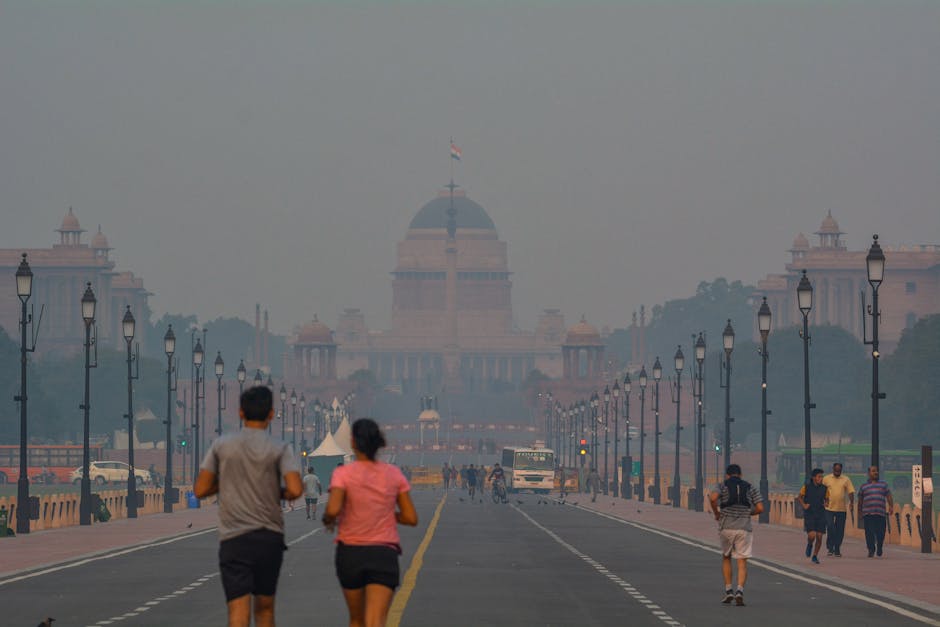**
Nandini Ghee Price Hike: Key Details
The Karnataka Cooperative Milk Producers’ Federation (KMF) has increased the price of Nandini ghee by Rs 90 per litre, citing rising production costs. This sharp hike affects households across Karnataka and neighboring states, where Nandini ghee is a kitchen staple.
Why Did Nandini Ghee Become Costlier?
KMF attributes the Rs 90/litre increase to:
1. Higher milk procurement costs due to increased demand.
2. Spiking fuel and transportation expenses, elevating supply chain costs.
3. Rising operational costs (electricity, labor, packaging).
A KMF official stated, “The revision ensures fair wages for farmers and quality retention.”
Consumer Backlash and Alternatives
Shoppers express frustration on social media, calling the hike “unaffordable.” Many are exploring:
– Local ghee brands (e.g., Dodla, Country Delight).
– Homemade ghee to cut costs.
– Bulk purchases during discounts.
Market Impact and Competition
Rivals like Amul may gain market share as price-sensitive buyers switch brands. Dairy farmers, however, support the hike, citing better milk prices.
Will the Government Intervene?
Karnataka’s government faces pressure to address the hike, but no subsidies or rollbacks have been announced yet.
Broader Inflation Concerns
The Nandini ghee price rise mirrors India’s food inflation crisis, with essentials like oils and pulses also turning costlier.
What Can Consumers Do?
- Compare prices across brands.
- Opt for smaller packs or bulk deals.
- Monitor promotions at local stores.
Conclusion
The Rs 90/litre increase underscores economic pressures on both producers and consumers. While KMF prioritizes sustainability, households must adapt budgets or seek alternatives.
**




